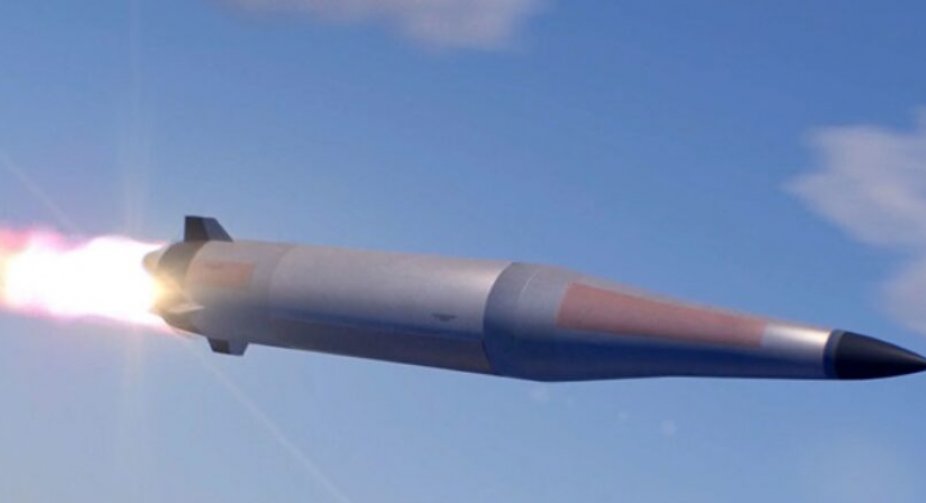Russian long-range aviation has not struck Ukraine since September 21, or 21 days, which may indicate that the enemy is stockpiling missiles for attacks on critical infrastructure in the winter. This was reported by the British Ministry of Defense on social network X.
Latest Defence Intelligence update on the situation in Ukraine – 13 October 2023.
— Ministry of Defence (@DefenceHQ) October 13, 2023
Find out more about Defence Intelligence's use of language: https://t.co/TXhIOLOq0d
#StandWithUkraine pic.twitter.com/6N5MIzwwEp
However, such breaks are not unusual, according to British intelligence. The last such pause in strikes lasted from March 9 to April 28, or 51 days. It is likely that this time Russia's long-range aviation has exhausted its stockpile of X-23 missiles (known as AS-23 in NATO classification) after a winter campaign to destroy Ukraine's critical infrastructure.
"This time, it is likely that Russian long-range aviation is maintaining its existing stockpile of AS-23 missiles and is also using the pause to increase its ammunition stockpile ahead of new powerful strikes against Ukraine in the winter," the report said.
Russia likely used Shahed drones for these attacks because of their high accuracy compared to other types of air-based missiles.






